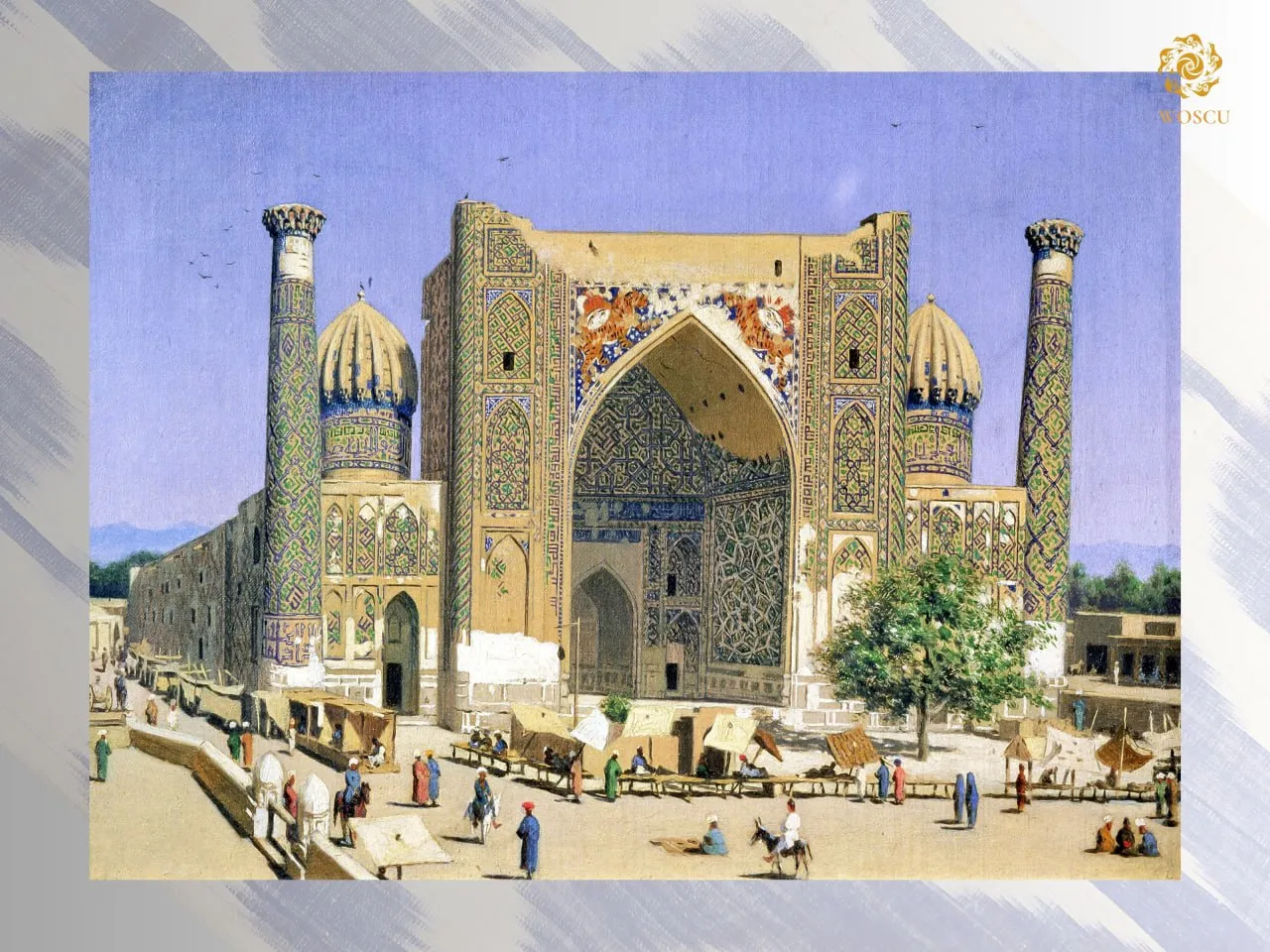
The Gallery is named after its founder, Moscow merchant and textile manufacturer, Pavel Mikhailovich Tretyakov (1832 – 1898) and his brother Sergei Mihailovich (1834 – 1892).
In 1860, Tretyakov wrote: “For me, as a person who sincerely and passionately loves paintings, there could be no greater wish than to lay the groundwork for a public depository of fine arts that would be accessible to all, and that would bring benefit and pleasure to all”.
The scale of Tretyakov’s art collecting efforts was remarkably wide and varied. In 1874 a large, and now famous, series of Vasily Vereshchagin’s (1842 – 1904) Turkestan paintings was purchased. The paintings of this series, undoubtedly, invoked not only admiration for the artist’s exceptional talent, but would also reveal the previously undiscovered mystical world of beauty and spiritual wealth of the peoples of Central Asia, the great building culture, and the unique decorative art of folk artists.
The collection expanded rapidly, and the Tretyakov brothers decided to finally realize their dream: donate their treasures to Moscow so that they could be seen by Muscovites and anyone who is interested in art. In August of 1893, the museum was opened to the public for free viewings. From that moment until 1918 the Museum was called “City art Gallery of Pavel and Sergei Tretyakov”.
You can learn more about this topic in the book-album "The Collection of Art in the State Tretyakov Gallery" (Volume III) (Moscow, Russia) from the series "The Cultural Legacy of Uzbekistan".
The general sponsor of the project is the oilfield services company Eriell-Group.
